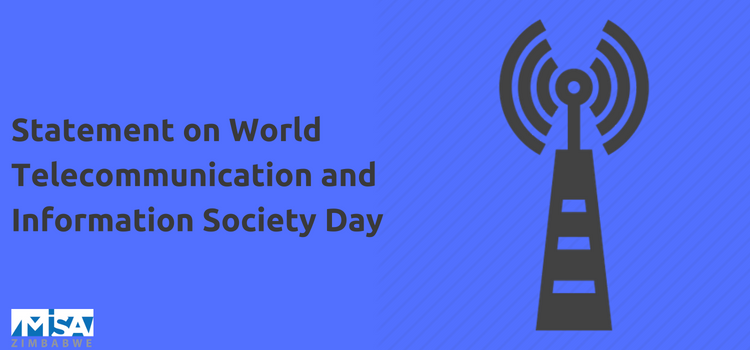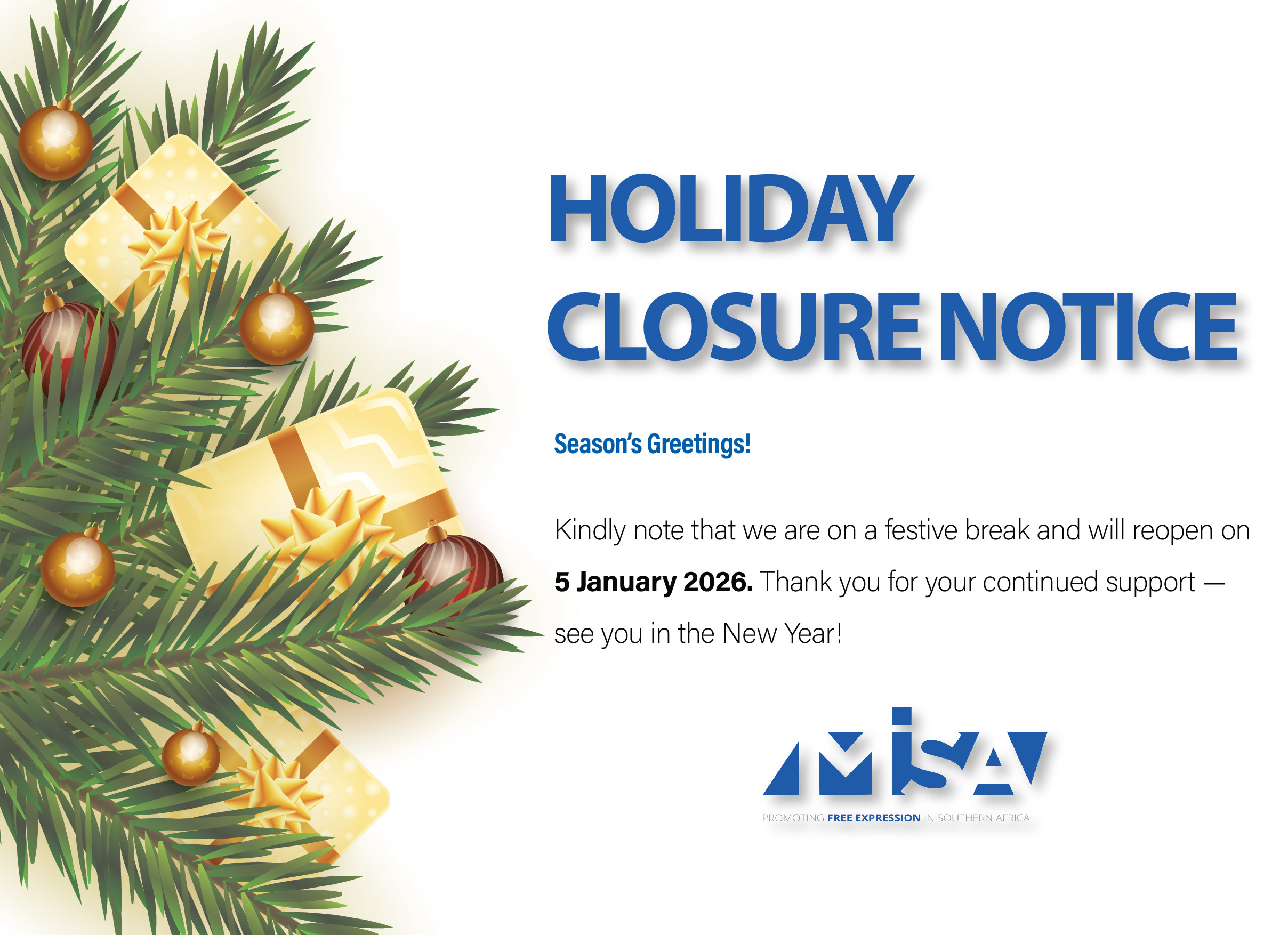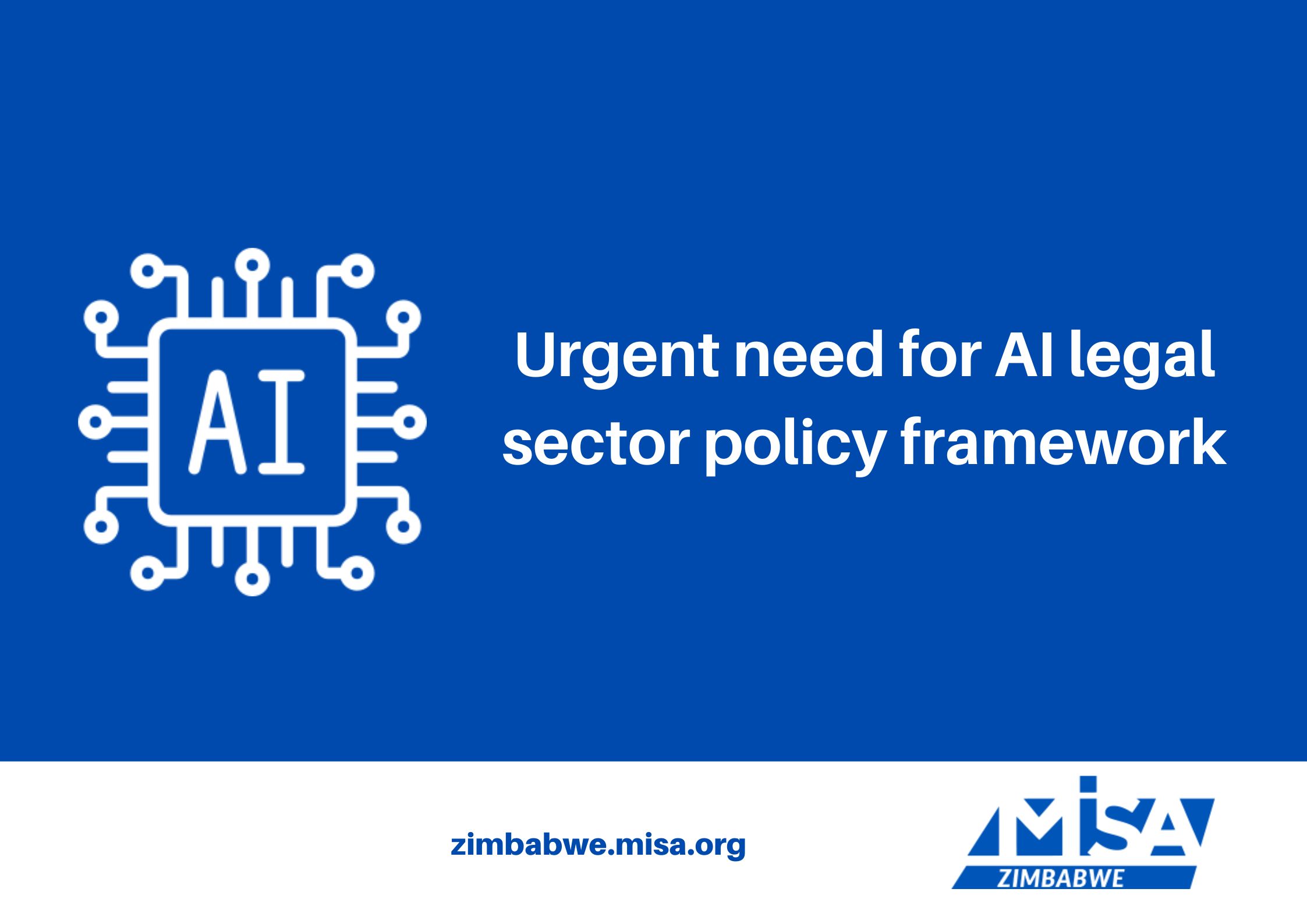The World Telecommunication and Information Society Day (WTISD) which is celebrated every year on 17 May is aimed at raising awareness on the potential of ICTs in spurring socio-economic development.
The 2018 WTISD theme is: Enabling the positive use of Artificial Intelligence for All. The theme focuses on the potential of Artificial Intelligence (AI) to accelerate the United Nations’ Sustainable Development Goals (SDGs).
According to the International Telecommunications Union, celebrating this day helps “raise awareness of the possibilities that the use of the Internet and other information and communication technologies (ICT) can bring to societies and economies, as well as of ways to bridge the digital divide.”
This is a timely theme which pays homage to the contributions of AI-based technologies to fields such as Big Data, machine learning, computing power, storage capacity and cloud computing.
However, low income countries such as Zimbabwe have not been able to enable or make adequate use of AI-based technologies because of various prevailing factors which act as a barrier to the utilisation of such technologies.
Issues such as Internet access, digital literacy, and lack of infrastructure determine the uptake of modern technologies. This is also true for AI-based technologies.
Periodic reports from the local Posts and Telecommunications Regulatory Authority (‘POTRAZ’) paint an accurate picture of how well Zimbabwe has addressed the challenges which stand in the way of utilisation of modern technologies such as Artificial Intelligence.
According to the POTRAZ Sectoral Performance Report for the 3rd Quarter of 2017, 49.5% of Zimbabwe’s total population has access to the Internet. This means that one of two people is estimated to have access to the Internet.
Unfortunately, it also means that half of Zimbabwe’s population still does not have access to the Internet, and this half is excluded from any technology tools which require access to the Internet.
The same statistics also reveal that most Zimbabweans access the Internet through mobile devices such as phones and tablets which use mobile data as opposed to fixed options such as ADSL or Fibre.
This is understandable when one considers Zimbabwe’s mobile phone penetration rate which is at an estimated 100.5%. This is calculated using the number of active SIM cards on the market. The statistics indicate that the number of active, registered SIM cards is almost equal to the number of people which are in Zimbabwe.
This is possible because Zimbabweans usually own at least two SIM cards, which they use depending on offers made by local mobile network operators.
This hopping between mobile network operators shows that the cost of mobile data is still beyond the reach of many locals. Therefore, consumers rely on data bundles and offers to access Internet based services.
Unfortunately, local mobile network operators only offer subsidised bundles to social media services such as WhatsApp, Facebook, and Twitter.
The popularity of say Facebook or WhatsApp, gives the illusion that Internet access in Zimbabwe is affordable when in fact it is not; social media services are just one small component of Internet based tools.
Internet affordability is different from Internet accessibility. Internet accessibility is determined by equipment such as base stations, and the availability of reliable electricity supply to power those base stations.
According to the POTRAZ report for the 3rd Quarter of 2017, Zimbabwe has an estimated 8,728 base stations. Out of these, only 327 can carry 3G and LTE signals which are able to deliver mobile data with adequate speeds for proper Internet access.
Furthermore, these 327 base stations are situated in Zimbabwe’s major urban areas leaving most rural areas without mobile Internet coverage.
These statistics show that Zimbabwe still has to catch up in promoting the use of AI-based technologies to develop the country. Without widely available and accessible Internet, Zimbabwe will remain on the fringes of innovation spurred development.
End









